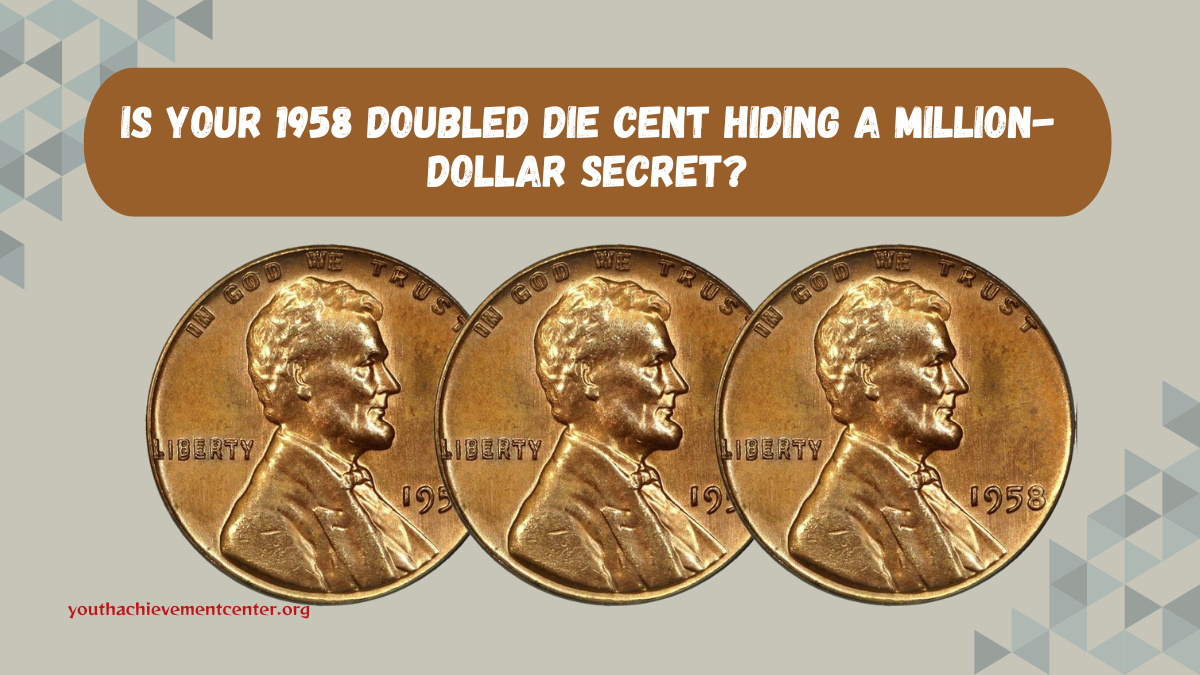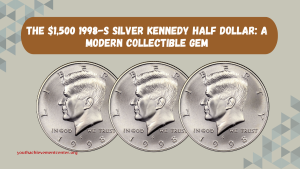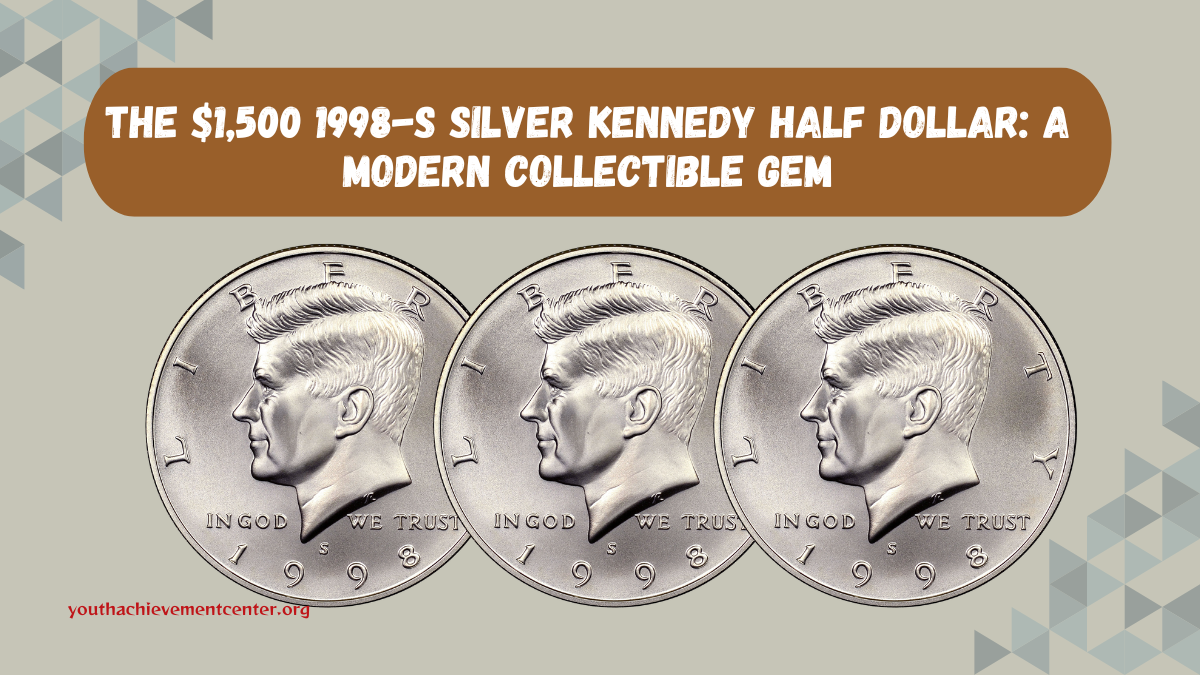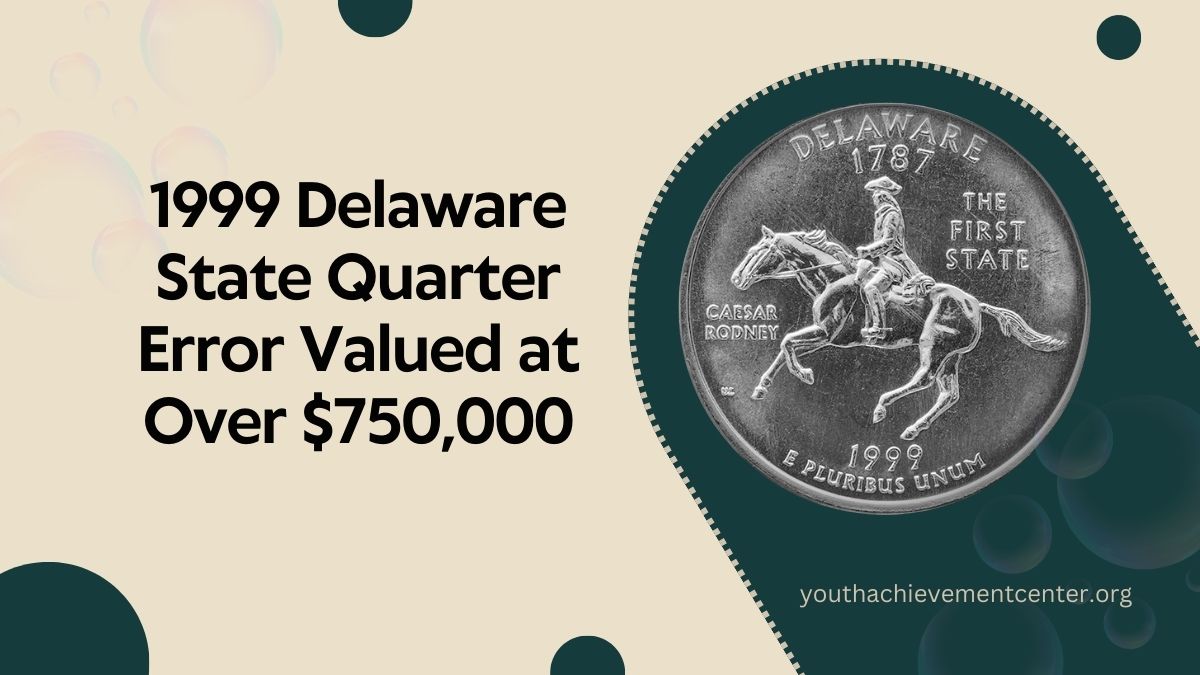The 1958 Doubled Die Lincoln Cent stands as one of the most elusive and valuable coins in American numismatics. With only three known specimens, this rare error coin has captivated collectors and investors alike, fetching prices exceeding $1 million at auction.
Understanding the Doubled Die Error
A doubled die error occurs during the coin production process when the die—used to strike the coin—receives an additional, misaligned impression from the hub. This results in distinct doubling of design elements on the coin’s surface. In the case of the 1958 Doubled Die Lincoln Cent, the doubling is prominently visible on the obverse inscriptions:
- IN GOD WE TRUST
- LIBERTY
- 1958 (Date)
Key Specifications of the 1958 Lincoln Cent
| Specification | Details |
|---|---|
| Composition | 95% Copper, 5% Tin and Zinc |
| Weight | 3.11 grams |
| Diameter | 19.00 millimeters |
| Edge | Plain |
| Designer | Victor David Brenner |
| Mintage | 252,525,000 (Philadelphia Mint) |
Rarity and Discovery
Despite a substantial mintage of over 252 million at the Philadelphia Mint in 1958, only three examples of the doubled die variety have been confirmed.
This extreme rarity went unnoticed until the early 1980s, when the first specimen was reported at an ERRORAMA convention in Cherry Hill, New Jersey. The discovery of such a significant error after several decades underscores its scarcity and the heightened interest it generates among collectors.
Market Value and Auction Records
The 1958 Doubled Die Lincoln Cent has set remarkable records in the numismatic market:
- March 2018: An MS64 Red (Mint State 64, Red) example sold for nearly $336,000.
- January 2023: A PCGS-graded MS65 Red specimen achieved a staggering $1,136,250 at auction, marking a world record price for this coin.
These figures highlight the coin’s desirability and the premium placed on its exceptional rarity and condition.
Identifying the 1958 Doubled Die Cent
Collectors aiming to identify this rare variety should look for:
- Obvious Doubling: Clear and strong doubling on the inscriptions “IN GOD WE TRUST,” “LIBERTY,” and the date “1958.”
- Mint Mark: Absence of a mint mark, indicating production at the Philadelphia Mint.
Given the coin’s rarity, encountering one is exceedingly unlikely. However, due diligence in examining 1958 Lincoln Cents can be rewarding.
Preservation and Grading
The known specimens of the 1958 Doubled Die Cent are in remarkable condition, graded as MS64 Red and MS65 Red by the Professional Coin Grading Service (PCGS). The “Red” designation signifies that the coins retain at least 95% of their original red copper luster, a factor that significantly enhances their value.
Conclusion
The 1958 Doubled Die Lincoln Cent is a numismatic treasure, combining historical intrigue with substantial market value. Its discovery decades after minting and the subsequent record-breaking auction prices underscore its significance in the world of coin collecting.
While the chances of finding such a rarity are slim, understanding its characteristics and history enriches the appreciation of this exceptional coin.
FAQs
What is a doubled die coin?
A doubled die coin exhibits duplicated design elements due to a misalignment during the die creation process, leading to noticeable doubling on the coin.
How many 1958 Doubled Die Lincoln Cents are known to exist?
Only three specimens have been confirmed, making it one of the rarest Lincoln Cent varieties.
What factors contribute to the high value of the 1958 Doubled Die Cent?
Its extreme rarity, prominent doubling error, and excellent preservation contribute to its substantial market value.
How can I authenticate a 1958 Doubled Die Lincoln Cent?
Authentication should be conducted by professional grading services like PCGS or NGC, which can verify the coin’s authenticity and condition.
Are there other valuable doubled die Lincoln Cents?
Yes, notable examples include the 1955 and 1969-S doubled die cents, both highly sought after by collectors.








2 thoughts on “Is Your 1958 Doubled Die Cent Hiding a Million-Dollar Secret?”
I got some pretty old coins. I have a 1958 double dot red. One set an slot moor
I have a 58 d penny with a great double die looking from slit west to east ,how do I see about auctioning off